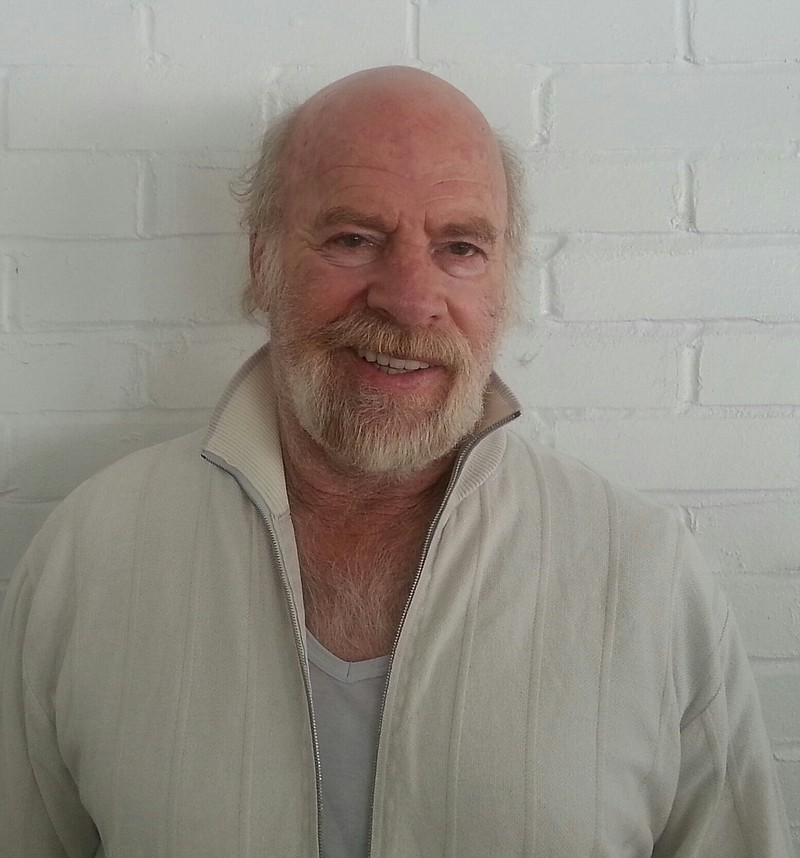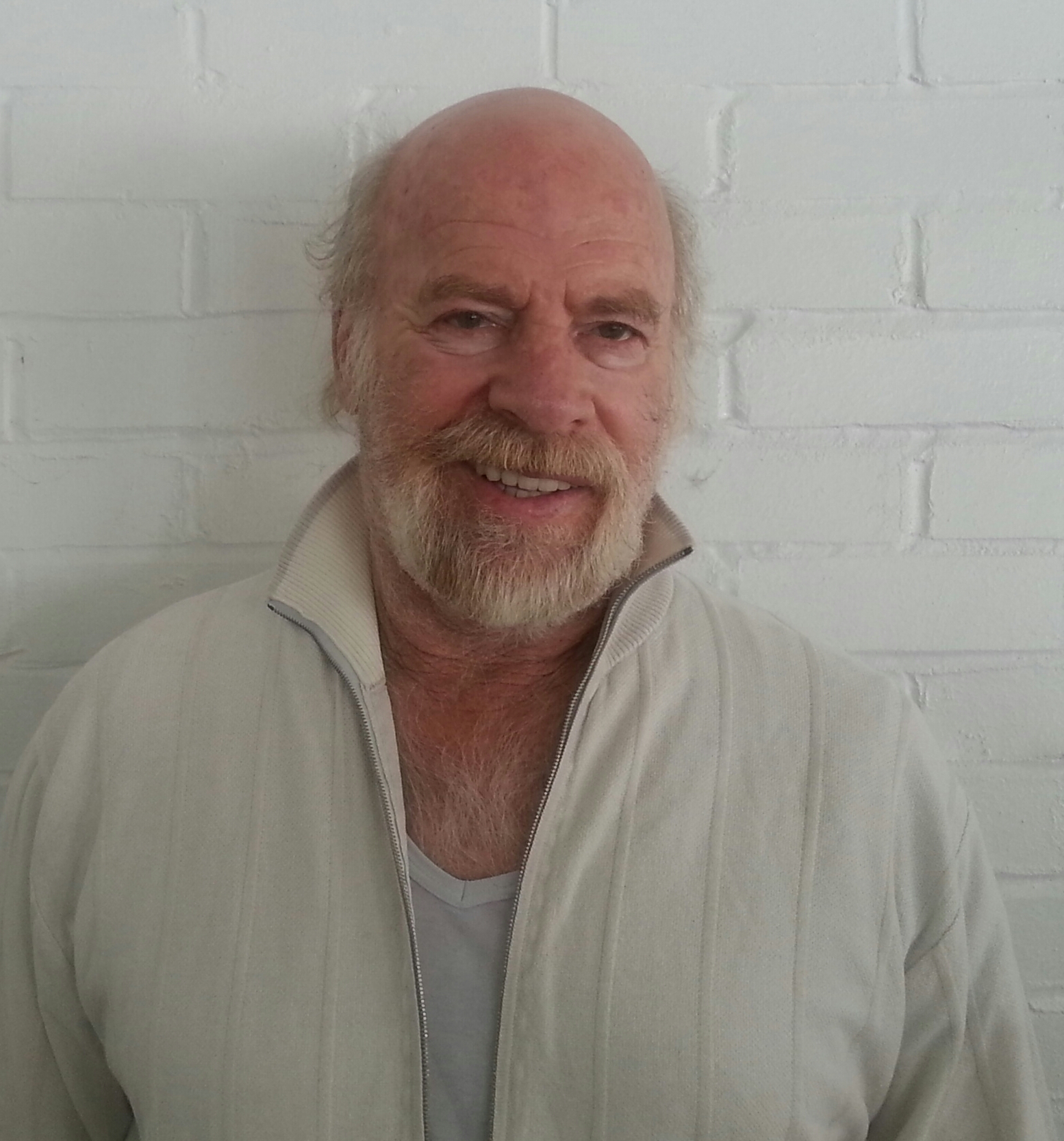Hey, y'all. It's been awhile. My wife, Jana, and I have just returned from a six-month visit to Southern California. We'd been away for almost four years. It was good to see our furniture and clothes and Jana's shoes.
It sure is good to be back home. I told a friend of mine, Johnny Holden, that I'm never leaving again. Sometimes, no matter how smart or wise you think yourself to be, you hop over the fence and realize that the grass just isn't any greener. I'm home. Tennessee is where they'll plant me. Can I get an amen?
In the 1950s, when I was a little boy growing up out in the countryside of Middle Tennessee, I remember standing on the hill, out back of Widow Thompson's farm. The cool winds of fall were blowing. I closed my eyes and pointed my face to the sun. As chilly as it was that day, my face warmed up.
My grandmother's housekeeper, Elizabeth, told me that the Almighty was reaching his arms out to me and warming my soul. She said that sort of stuff all the time. All that I could think about were "the long arms of God." Elizabeth told me to always be on the lookout for signs from heaven.
There are countless clues to this life that God throws out there for us every day. You have to be present, clearheaded and keep an eye out for them. Some are more obvious than others.
They're hardly noticeable, if at all, to the untrained eyes of a city slicker. I think you probably have to have been raised in the South. Even better, a little ways out in the country, past the last row of urban lights and asphalt-covered streets.
Far enough out that the night sky is black and the sprays of a million stars are bright silver - the way the Almighty meant them to be seen. The way it was before the South started getting crowded.
Every year, in order to accommodate a growing population, they tear apart a few more farms and build, row after row, little, lookalike houses with postage-stamp-size yards.
One by one, off-the-road farms, tucked behind shade trees, where mothers and fathers raised their families and worked their lands, are being parceled, plotted and paved to make way for ambitious developers' interpretations of structural progress. When they're done, there's no sign of what was there.
Gone, for the most part, are those big, old, leaning, bleached-out gray barns standing close to the road. The kind built with little more than handsaws, hammers and 30D nails pounded into creaking beams and poles. Patched up over the years and held together by generations of family pride and country muscle.
The rooftops were almost always heavy sheets of tin, eventually covered with strains of purplish blue and mosaic orange and crimson rust caused by the elements and time. When Father Time teams up with Mother Nature, the worn results can be almost poetically beautiful. Especially old barns.
If I had to pick a painting of a new barn or an old one, I'd go for the old one. More character. Vintage is in a class all its own. In some ways, I can relate to those old barns. Especially the ones that lean a little.
I love those old barns, where mama hens and their chicks sought shelter from the storms and cold weather. Where tobacco was hung every summer's end. Where cows were milked, and swallows and owls nested, hatched their babies and taught them to fly.
Progress has gobbled up a whole bunch of farms, so there are fewer and fewer barns and haylofts. These were the places where we used to swing way out on a thick, brown rope, let go and soft-land on open bales of golden hay.
Hay is one of my favorite smells of barnyard living. It ranks right up there with horse manes. One whiff of either and my mind races back to my Tennessee childhood and me standing in front of a barn.
I still have pictures in my head of an old abandoned barn that sat atop a slope on my grandmother's farm. In the summer, I'd walk out to it and wonder how much longer it was gonna be before it fell over. It was still standing in the '80s.
I'm not sure that there's any other kind of structure in America that symbolizes unity more than barns. It took a lot of men to build and raise those barns. Each one of them still standing is, in a way, a monument.
I guess I understand why some of us take great offense to other monuments, the ones for Confederate soldiers and generals. I get it. But many of those statues are part of our history, too. It's a touchy subject.
Why not erect a statue memorializing a black leader right next to the Confederate one, and we can all move on?
How about this? All barns, 50 years or older, should be declared state historical landmarks. All of us, white and black, should be able to agree on this idea. It's simple enough.
Let's save some of our mutual history while we can. Barns are reminders of our Southern roots. Built with determination and the cooperative strengths of black men and white men.
No doubt, they got some help from the "long arms of God."
Email Bill Stamps at bill_stamps@aol.com. His books "Miz Lena" and "Southern Folks" are available on Amazon.

